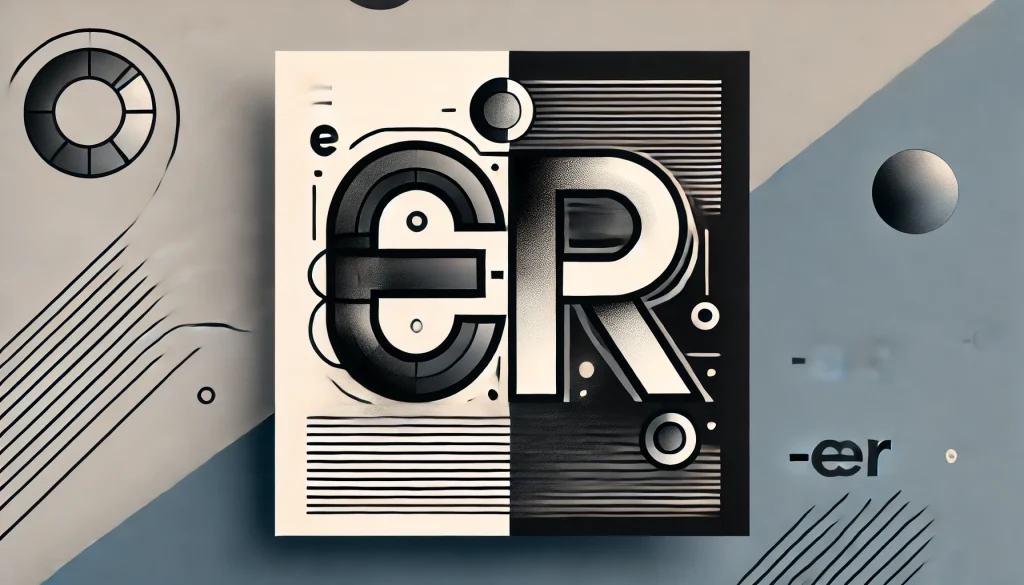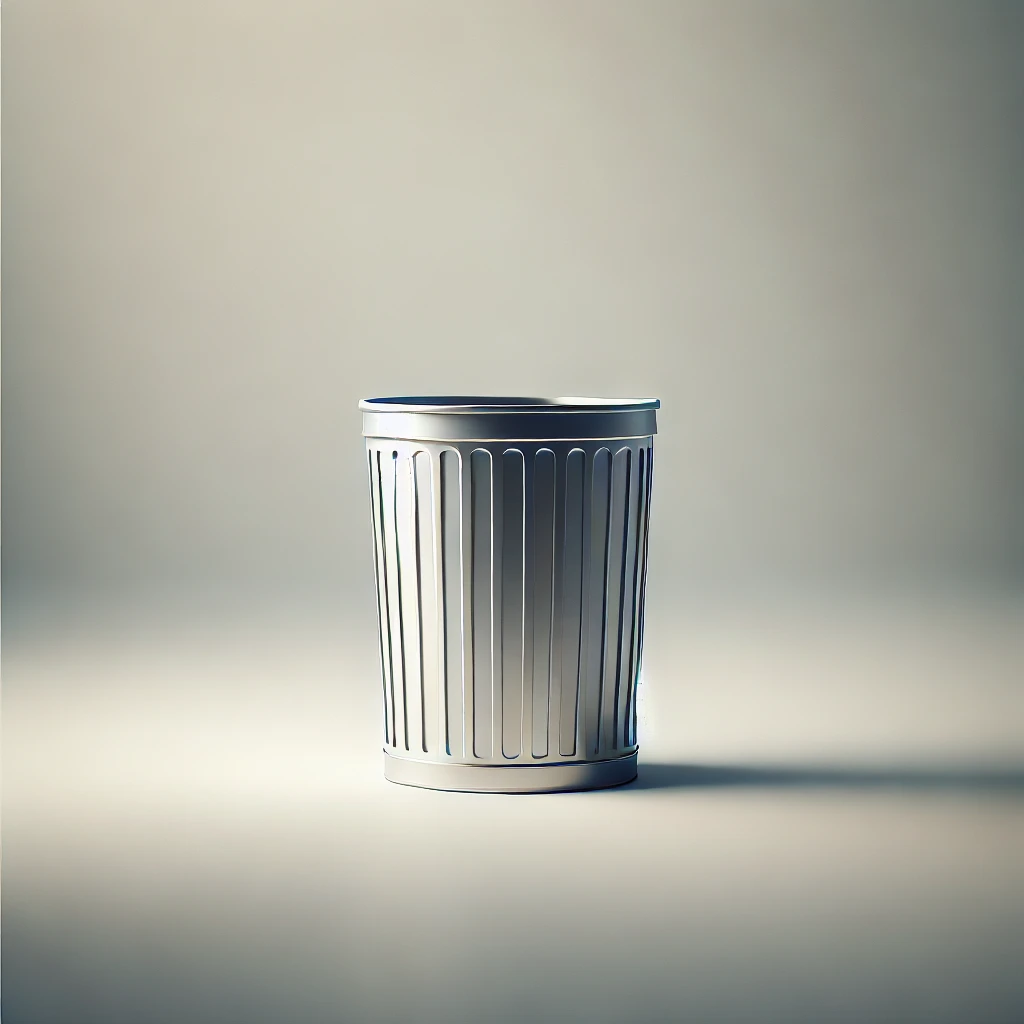As much as my therapist might advise against it, most people cannot resist making comparisons. We say that the grass is greener on the other side. We diet because we want to become healthier than we are presently. We study in order to become more educated, either compared to ourselves now or compared to our peers. Greener, healthier and more educated are all examples of comparative adjectives, which are used to draw comparisons between two persons, places or things. The concept is basic, yet even experienced writers sometimes have difficulty figuring out how to create the comparative form of an adjective. Reviewing a few helpful rules should help us navigate the most common situations involving comparative adjectives.
What is a Comparative Adjective?
As was mentioned above, a comparative adjective is primarily used to compare the differences between the two things that they are modifying. Another way of looking at it is that comparative adjectives are used when two nouns are compared in the same sentence.
Comparative Adjective Examples
Some common examples of comparative adjectives include the following:
- His boat is faster than mine.
- The ball flew higher than the catcher’s glove.
- This rock is smaller than the one by the river.
- Your bike is bigger than Fred’s.
Forming Comparative Adjectives

In some cases, we add an -er suffix to the end of the base adjective. In other cases, we insert the adverb more before the adjective. The proper procedure will depend on the adjective itself, and there are several rules and also exceptions concerning the correct comparative forms of different adjectives. Here are some comparative adjectives examples to help illustrate the point:
| Adjective | Comparative Form |
| One syllable ending in -e: cute | Replace the -e with -er: cuter |
| One syllable ending in a consonant-vowel-consonant sequence: hot | Double the final consonant and add -er: hotter |
| One syllable ending in -y preceded by a consonant: dry | Change the y to an i and add -er: drier |
| One syllable ending in a different letter: green, fast | Add -er: greener, faster |
| Two syllables ending in -y: healthy | Change the y to an i and add -er: healthier |
| Two or more syllables ending in a different letter: attractive, beautiful | Insert more before the adjective: more attractive, more beautiful |
| Any adjective derived from the present or past participle of a verb: tiring, tired | Insert more before the adjective: more tiring, more tired |
| Other cases: good/well, bad/ill, far, old, many/much/some, little | Irregular comparatives: better, worse, farther/further, older/elder, more, less |
Exceptions to Comparative Adjective Rules
Several two-syllable adjectives can be made into comparatives using either -er or more. The comparative form of gentle, for example, can be either gentler or more gentle. Other such two-syllable words that can be modified in either manner include handsome, narrow, quiet, shallow and simple. If you’re unsure whether a two-syllable adjective is an exception, the safe route is to go with more.
Comparing in the Opposite Direction
The comparative adjective forms discussed above are used to indicate when one thing is greater in a certain quality compared to something else. To indicate the opposite, the simplest method is to insert the adverb less before the adjective:
This chair is less comfortable than the other one.
Generally, we do not use less with adjectives of only one syllable because doing so can make for awkward speech. Instead, consider using the comparative form of the opposite adjective to convey essentially the same idea:
Awkward: The new car is less fast than the old one.
Better: The new car is slower than the old one.
Another method is to employ a negative equative. Equatives compare two things equal in quality using an as … as … structure. The negative form of an equative adds not to indicate that the first item is less than equal to the second, which functionally achieves an effect similar to a comparative but in the opposite direction:
The new car is not as fast as the old one.
Avoid Empty Comparisons

You may come across cases where writers use comparative adjectives to describe only one thing without establishing a basis of comparison:
We use better materials.
This is an example of an empty comparison. The reader is not told what these materials are better than. Advertisers often use empty comparisons to make vague suggestions of significance without providing substantiating data.
In informal speech, people also phrase descriptions using empty comparisons in order to lessen their forcefulness:
He was an older gentleman.
In the above example, the writer may think it respectful to describe the gentleman’s age only in relative terms as older, as opposed to describing him in absolute terms as definitively old.
Always remember that comparative adjectives are meant for drawing comparisons between two persons, places or things. Although empty comparisons are common in informal contexts, they should generally be avoided in formal writing.
Feeling More Confident With Your Comparative Adjectives?
With all of the exceptions and irregular cases, comparative adjectives in the English language can be a frustrating area. Maybe that is precisely why my therapist says it is best not to compare. Is there a particular comparative adjective example not covered here that is just driving you crazy? Do you feel like you adequately know what a comparative adjective is now? Let us know by commenting below!


Leave a Reply